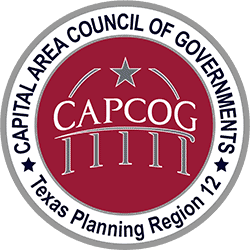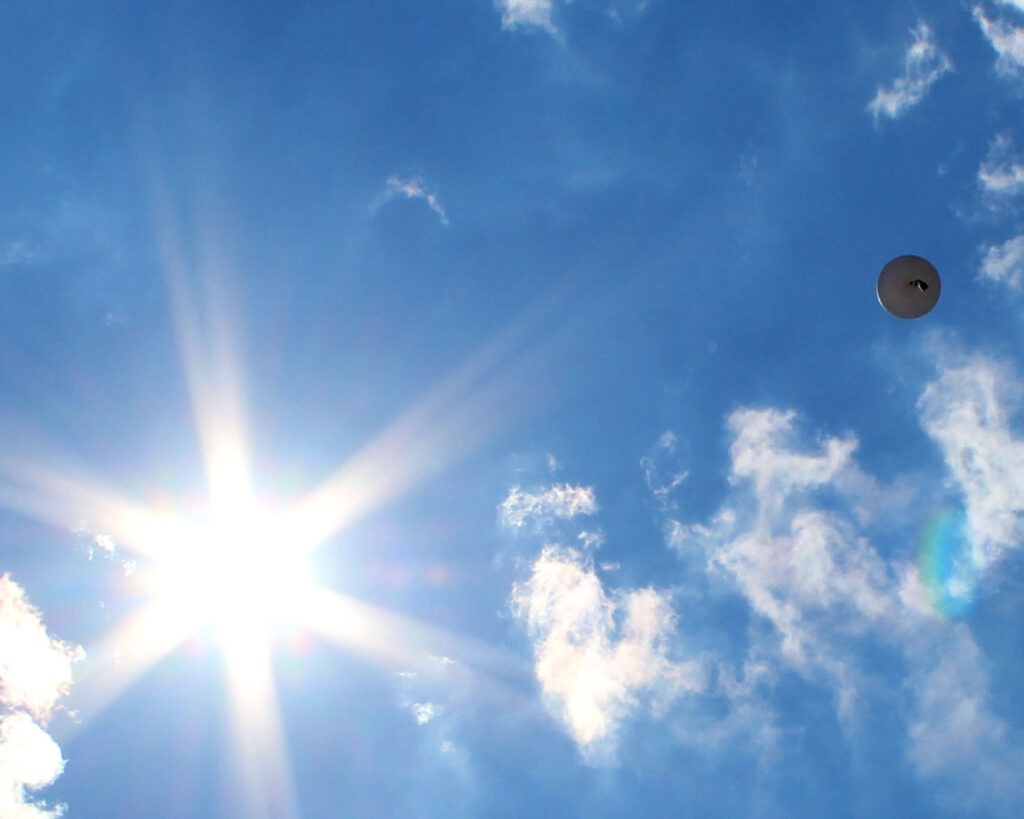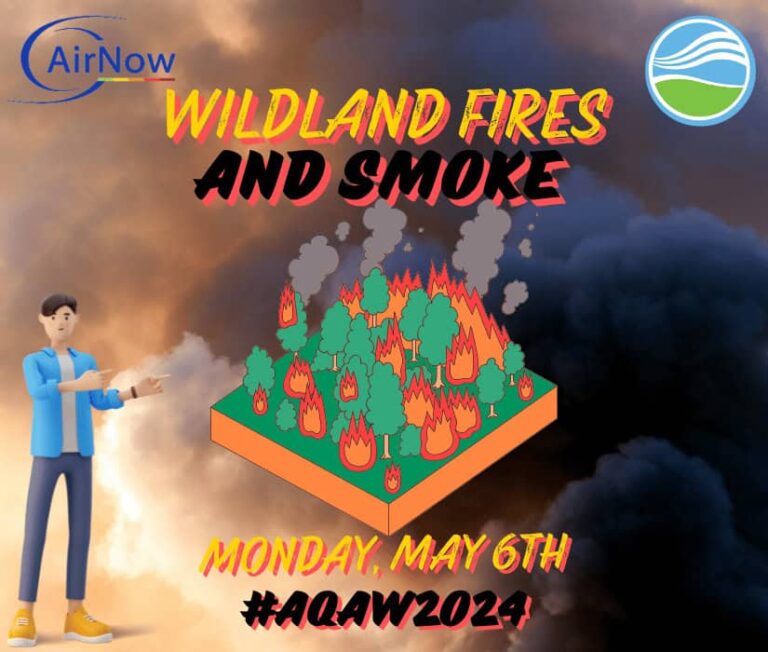Public education and outreach efforts are underway for this year’s Ozone Season which started in March and lasts through October. This is when conditions have the greatest chance of producing harmful ground-level ozone pollution according to CAPCOG’s Air Quality Program staff who oversee these efforts. The region experienced its greatest number of high ozone pollution days in more than a decade during 2022 — 35 unhealthy days for sensitive groups with two of those days being unhealthy for everyone. Comparatively, 2021 had three days that were unhealthy for sensitive groups.
While it’s hard to predict if the ozone season will be better, similar, or worse than last year, local jurisdictions can help spread air quality awareness by sharing AirCentralTexas.org with residents to educate them about air pollution, how to improve air quality, and how to stay informed about pollution levels. They can actively engage with the Air Central Texas campaign by following and sharing social media updates at facebook.com/AirCentralTexas/, instagram.com/aircentraltexas/, and twitter.com/AirCentralTexas. Engagement is especially important before Ozone Action Days — a day when ozone levels are predicted to be unhealthy to residents — so residents can take greater actions to reduce the possible generation of ozone and to protect their health. Ground-level ozone pollution can make it difficult to breathe, aggravate lung disease such as asthma, make lungs more susceptible to infection, cause chronic obstructive pulmonary disease and more.
Other resources for staying informed include AirNow.gov and tceq.texas.gov/airquality/monops/forecast_today.html where residents can sign up for daily text or email air quality forecasts.




